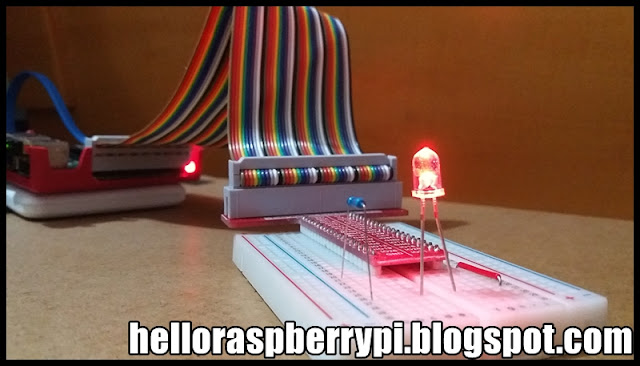pyGuiPwm.py
#for Python 2
#from Tkinter import * #for Python 2
#from tkColorChooser import askcolor
#for Python 3
from tkinter import *
from tkinter.colorchooser import *
import platform
import RPi.GPIO as GPIO
r = 0;
g = 0;
b = 0;
def on_closing():
print("Clean up")
pwmledR.stop()
pwmledG.stop()
pwmledB.stop()
GPIO.cleanup()
print("bye")
master.destroy()
def getColor():
global r, g, b
color = askcolor(color=(r, g, b))
print(color)
rgb = color[0]
colorVal = color[1]
if rgb != None:
r = rgb[0]
g = rgb[1]
b = rgb[2]
print("set RGB LED")
rVal = r/255.0
gVal = g/255.0
bVal = b/255.0
print((7, gVal, bVal))
pwmValue.set(colorVal)
pwmledR.ChangeDutyCycle(rVal)
pwmledG.ChangeDutyCycle(gVal)
pwmledB.ChangeDutyCycle(bVal)
#mode = GPIO.BCM
#ledR = 16
#ledG = 20
#ledB = 21
mode = GPIO.BOARD
ledR = 36
ledG = 38
ledB = 40
print("Raspberry Pi board revision: "
+ str(GPIO.RPI_INFO['P1_REVISION']))
print("Machine: "
+ platform.machine())
print("Processor: "
+ platform.processor())
print("System: "
+ platform.system())
print("Version: "
+ platform.version())
print("Uname: "
+ str(platform.uname()))
print("Python version: "
+ platform.python_version())
print("RPi.GPIO version: "
+ str(GPIO.VERSION))
GPIO.setmode(mode)
GPIO.setup(ledR, GPIO.OUT)
GPIO.setup(ledG, GPIO.OUT)
GPIO.setup(ledB, GPIO.OUT)
pwmledR = GPIO.PWM(ledR, 50)
pwmledG = GPIO.PWM(ledG, 50)
pwmledB = GPIO.PWM(ledB, 50)
pwmledR.start(0)
pwmledG.start(0)
pwmledB.start(0)
master = Tk()
pwmValue = StringVar()
label = Label(master, textvariable=pwmValue, relief=RAISED )
label.pack()
Button(text='Select Color', command=getColor).pack()
master.protocol("WM_DELETE_WINDOW", on_closing)
mainloop()
Connection:











